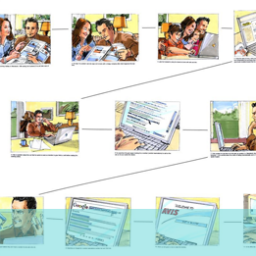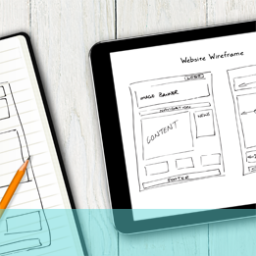
Poor usability and accessibility is a detriment to all users and ultimately damaging to your business; but it is particularly disadvantageous to older users (and it is worth bearing in mind here the extent and value of the ‘grey pound’). We have an ageing population and the proportion is growing so the purchasing power of this segment will remain important and cannot afford to be overlooked or obstructed in their usage of your site.
Some of the issues that older people might need to overcome include:
- Poor eyesight
- Lack of concentration
- Less tech savvy
- Unfamiliarity with online conventions, terminology
- Poorer memory
- Lack of connectivity to and immersion in web culture
- Less patience with finicky or fancy design or layout
- Less attraction to features that younger users might find entertaining or persuasive
- Less drawn to informal language, slang, text speak etc.
So what steps do you need to take to make sure your website’s accessibility and usability for older users is as optimised as possible?
Legibility and clarity are two of the main issues that require attention. This will not only help older people but will make it easier for anyone using your site. You need to consider areas such as:
- Typefaces – both in terms of different fonts and size ; some fonts are easier to read than others and size will be a major feature in readability for those with weaker eyesight
- Layout – busy and confusing layout with flashing boxes, mobile features etc might be difficult for older people to read and follow and too many tabs, panels, links etc might simply put them off
- Colour/Images – lots of images, bright colours, video or other potentially visually clashing or confusing elements might serve to disorientate older users or at least make it more difficult for them to engage and follow instructions:
- Music/Noise – this is another element where loud or harsh sounds might be off putting or distracting.
Not everyone is tech savvy nor familiar with online jargon or conventions so it best to avoid such usage on your site. Here are some tips on language usage:
- Try to usage neutral, non-age specific language if possible – so avoid jargon or slang unless it is essential to convey some particular point
- Try not to be aggressive, confrontational or offensive in language use even if it is meant in a humourous way – not everyone will get it and some might be put off
- Use the clearest, simplest most straightforward way of saying things consistent with achieving the objective of the text – don’t embellish where it isn’t necessary
Prioritise information over design and layout and functionality over technology
Because a lot of them are not familiar with technology and not necessarily frequent users, older people will probably need more assurance about issues such as privacy and security. Make sure you give them this with frequent references to security especially at places like checkouts and try and ensure that they have to make as little personal input as is compatible with full usage of the site and services.
The senior market demographic is of ever-increasing importance. Make sure you proof your site for this vital sector. Give us a ring on +44(0)800 024624 or email us at hello@ux247.com to find out how.
















